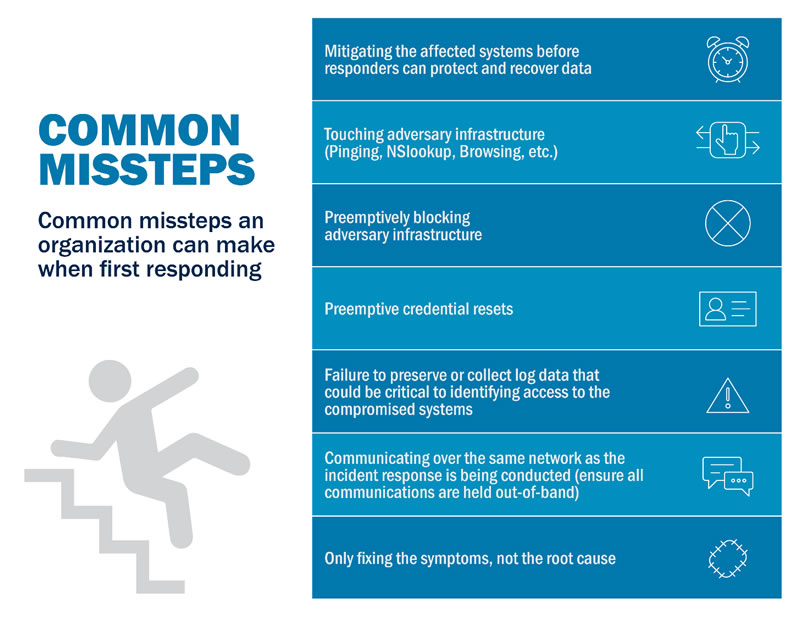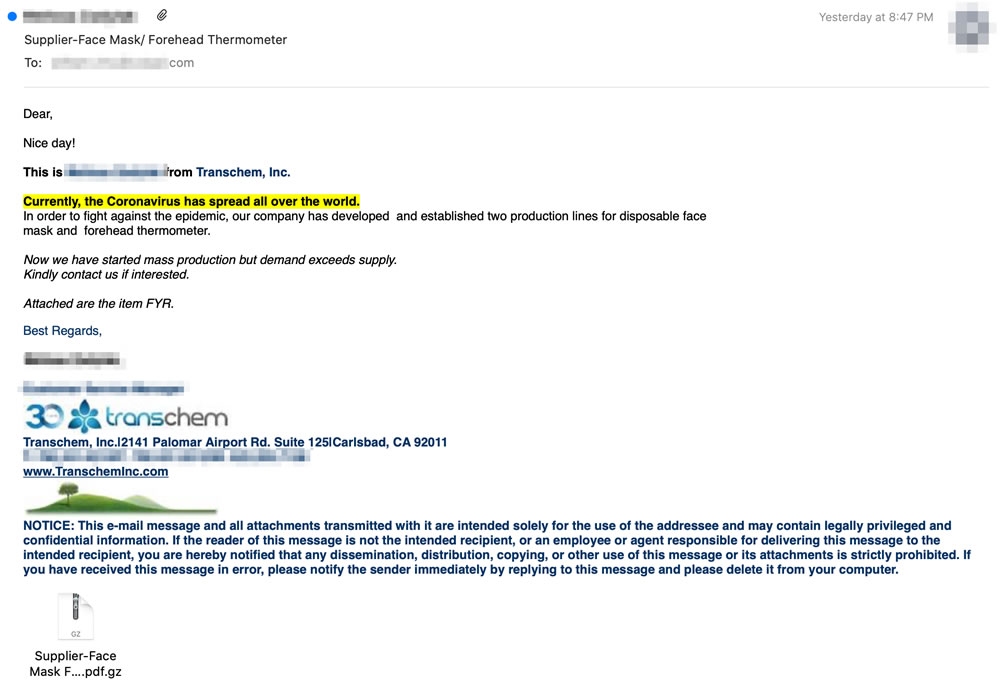The Department of Homeland Security Cybersecurity and Infrastructure Security Agency (CISA) has issued a security advisory warning hackers affiliated with China’s Ministry of State Security (MSS) are conducting targeted cyberattacks on U.S. government agencies and private sector companies.
The attacks have been ongoing for more than a year and often target vulnerabilities in popular networking devices such as Citrix and Pulse Secure VPN appliances, F5 Big-IP load balancers, and Microsoft Exchange email servers. The hacking groups use publicly available information and open source exploit tools in the attacks such as China Chopper, Mimikatz, and Cobalt Strike. The hacking groups, which have varying levels of skill, attempt to gain access to federal computer networks and sensitive corporate data and several attacks have been successful.
The software vulnerabilities exploited by the hackers are all well-known and patches have been released to correct the flaws, but there are many potential targets that have yet to apply the patches and are vulnerable to attack.
Some of the most exploited vulnerabilities include:
CVE-2020-5902 – A vulnerability in the F5 Big-IP Traffic Management Interface which, if exploited, allows threat actors to execute arbitrary system commands, disable services, execute java code, and create/delete files.
CVE-2019-19781– A vulnerability in Citrix VPN appliances which can be exploited to achieve directory traversal.
CVE-2019-11510 – A vulnerability in Pulse Secure VPN appliances which can be exploited to gain access to internal networks.
CVE-2020-0688 – A vulnerability in MS Exchange which can be exploited to gain access to Exchange servers and execute arbitrary code.
There is no single action that can be taken to block these threats, but many of the successful attacks have exploited known vulnerabilities. Scans are often conducted within hours or days of a vulnerability being made public. Since many public and private sector organizations do not apply patches promptly, it gives hackers the opportunity to gain access to networks. Applying patches promptly is therefore one of the best forms of defense.
“Maintaining a rigorous patching cycle continues to be the best defense against the most frequently used attacks,” explained CISA in its security advisory. “If critical vulnerabilities remain unpatched, cyber threat actors can carry out attacks without the need to develop custom malware and exploits or use previously unknown vulnerabilities to target a network.”
Scans are being conducted using tools such as the Shodan search engine to identify potential targets that may be susceptible to attacks. The hackers also leverage the Common Vulnerabilities and Exposure (CVE) and the National Vulnerabilities (NVD) databases to obtained detailed information about vulnerabilities that can be exploited.
“Together, these data sources provide users with the understanding of a specific vulnerability, as well as a list of systems that may be vulnerable to attempted exploits,” explained CISA. “These information sources therefore contain invaluable information that can lead cyber threat actors to implement highly effective attacks.”
Other tactics often used by these threat actors include spear phishing and brute force attempts to guess weak passwords. It is therefore essential to enforce the use of strong passwords, provide phishing awareness training to the workforce, and implement software solutions capable of detecting/blocking phishing attacks.
The post CISA Warns of Ongoing Attacks by Chinese Hacking Groups Targeting F5, Citrix, Pulse Secure, and MS Exchange Flaws appeared first on HIPAA Journal.

